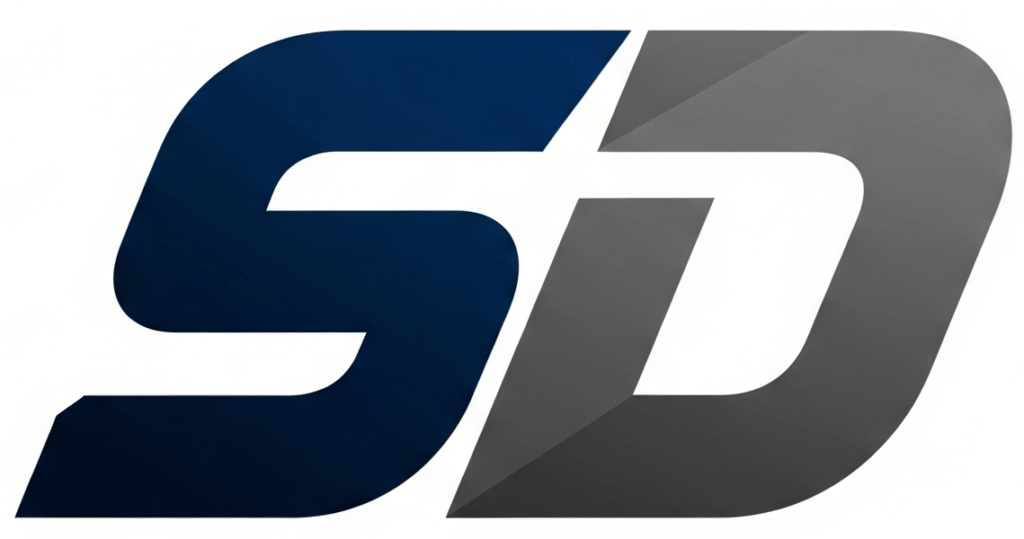In today’s hyper-connected world, having a fantastic website is only half the battle. If your target audience can’t find you amidst the digital noise, even the most beautifully designed and informative site will gather virtual dust. This is where Search Engine Optimization (SEO) comes in – your essential roadmap to online visibility and reaching the people who need your products, services, or information.
So, what exactly is SEO? In simple terms, it’s the practice of optimizing your website to rank higher in search engine results pages (SERPs) like Google, Bing, and others. When someone searches for a term relevant to your business, you want your website to appear prominently, ideally on the first page. The higher you rank, the more likely people are to click on your link, leading to increased traffic, leads, and ultimately, success.
But SEO isn’t some mystical art; it’s a strategic blend of technical finesse, compelling content, and consistent effort. Let’s break down some key pillars:
1. Keyword Research: The Foundation of Discovery
Imagine you sell handmade artisanal soap. What would someone type into Google to find you? “Handmade soap,” “natural soap India,” “organic bath products” – these are all potential keywords. Keyword research is the process of identifying these terms and phrases your target audience uses when searching for businesses like yours. Tools exist to help you discover popular keywords, analyze their search volume, and understand the competition. This foundational step ensures you’re optimizing for terms that actually matter to your potential customers.
2. On-Page SEO: Optimizing Your Content and Structure
Once you know your keywords, it’s time to weave them naturally into your website’s content and structure. On-page SEO involves optimizing elements directly on your web pages, including:
- Compelling Content: High-quality, original, and valuable content is king. Your content should answer user queries, provide solutions, and be engaging.
- Keyword Integration: Strategically place your target keywords in your headings (H1, H2, etc.), body text, and image alt tags. Avoid “keyword stuffing” – prioritize natural language.
- Title Tags and Meta Descriptions: These are the snippets that appear in search results. Craft compelling, keyword-rich title tags and meta descriptions that entice users to click.
- Image Optimization: Compress images for faster loading times and use descriptive alt text that includes keywords.
- Internal Linking: Link relevant pages within your own website. This helps search engines understand your site structure and distributes “link equity.”
3. Technical SEO: The Unseen Mechanics
Behind the scenes, technical SEO ensures your website is crawlable and indexable by search engines. This includes:
- Site Speed: A fast-loading website is crucial for both user experience and SEO.
- Mobile-Friendliness: With the majority of searches happening on mobile devices, a responsive design is non-negotiable.
- XML Sitemaps: These act as a roadmap for search engines, guiding them through all the important pages on your site.
- Robots.txt: This file tells search engines which pages to crawl and which to ignore.
- SSL Certificate (HTTPS): A secure website builds trust with both users and search engines.
4. Off-Page SEO: Building Authority and Trust
Off-page SEO refers to activities performed outside of your website to improve its ranking. The most significant factor here is backlinks – links from other reputable websites pointing to yours. Think of backlinks as “votes of confidence.” When a high-authority website links to your content, it signals to search engines that your site is trustworthy and valuable. Strategies for building quality backlinks include:
- Content Marketing: Create shareable, valuable content that others will naturally want to link to.
- Guest Blogging: Write articles for other relevant websites, including a link back to your site.
- Broken Link Building: Find broken links on other websites and suggest your content as a replacement.
- Social Media Promotion: While not a direct ranking factor, social media can amplify your content and lead to more exposure and potential backlinks.
SEO is a Marathon, Not a Sprint

It’s important to understand that SEO is an ongoing process. Search engine algorithms are constantly evolving, and your competitors are also vying for top positions. Consistent effort, adapting to changes, and monitoring your performance are key to long-term success.
By investing time and resources into a robust SEO strategy, you’re not just optimizing for search engines; you’re optimizing for your audience. You’re making it easier for them to find you, connect with you, and ultimately, become your customers. So, start your SEO journey today, and watch your online visibility soar!
FAQs About SEO
- How long does it take to see results from SEO? SEO is a long-term strategy, not a quick fix. While some initial improvements might be seen within a few weeks or months, significant and sustained results typically take 6 to 12 months, or even longer, depending on factors like your industry’s competitiveness, the quality of your content, and the consistency of your efforts. It’s a continuous process of optimization and adaptation.
- Do I need to be a technical expert to do SEO for my website? While some aspects of SEO, particularly technical SEO, do involve a certain level of technical understanding, you don’t necessarily need to be a coding expert. Many user-friendly website platforms (like WordPress) have built-in SEO tools and plugins. For more advanced or complex sites, or if you’re short on time, hiring an SEO specialist or agency can be highly beneficial. However, understanding the basic principles discussed in this post will always help you make informed decisions.
- Is content truly that important for SEO, or is it just about keywords and links? Absolutely, content is paramount to modern SEO. While keywords help search engines understand what your page is about and backlinks build authority, high-quality, relevant, and engaging content is what truly satisfies user intent. Search engines prioritize content that provides value, answers questions, and keeps users on your page. Without excellent content, even the best keyword strategy or backlink profile will struggle to deliver lasting results.
- What’s the difference between on-page and off-page SEO? On-page SEO refers to all the optimization techniques you apply directly on your website pages, such as optimizing your content, title tags, meta descriptions, headings, images, and internal links. It’s about making your content clear and easily understood by both users and search engines. Off-page SEO, on the other hand, involves activities outside of your website that help improve its ranking, primarily through building high-quality backlinks from other reputable websites. This signals to search engines that your site is trustworthy and authoritative.
- Do social media likes and shares directly impact my SEO rankings? While social media activity (likes, shares, comments) doesn’t directly act as a ranking factor in the same way backlinks do, it plays an indirect, but significant, role in SEO. Social media can amplify your content’s reach, leading to more exposure, increased website traffic, and a higher likelihood of earning valuable backlinks. It also helps build brand awareness and trust, which can contribute to better search performance over time. So, while not a direct ranking signal, a strong social media presence is a valuable component of a holistic digital marketing strategy that supports SEO.

